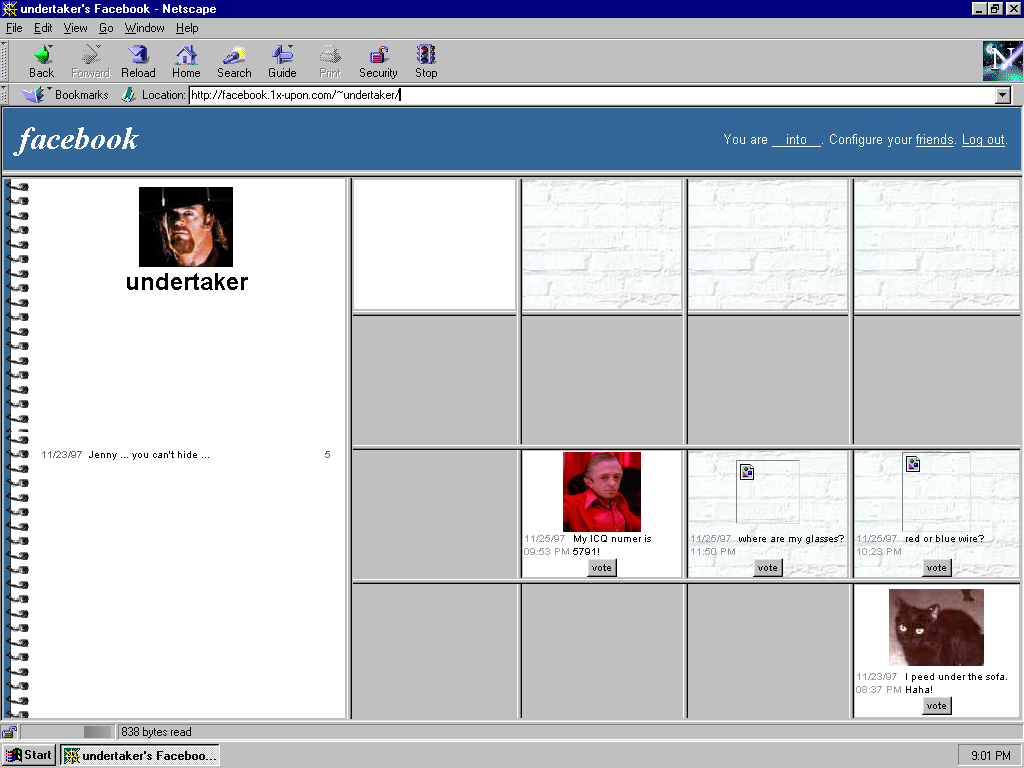As announced before with my post , I am doing my first blog series about building a sample DIY home automation for everyone to copy.
But what will we actually build?
The general idea behind this series is to show you which steps are needed to connect a google home to you raspberry Pi. It may sound like a small thing, but actually some components are involved

Continue reading “HomePi – What we will build”
 I am currently preparing a series of blog posts to explain, how I connected my rapsberry pi based sprinkler system to my Google home. I will share code an insights about my journey.
I am currently preparing a series of blog posts to explain, how I connected my rapsberry pi based sprinkler system to my Google home. I will share code an insights about my journey.








